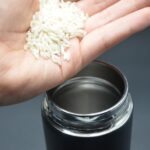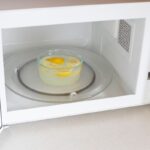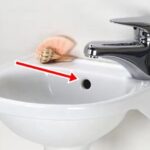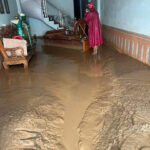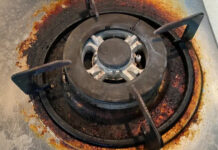One of the most pressing issues in the current flood-affected areas is the shortage of clean water for daily use. This water scarcity makes life even more challenging for the residents. In such circumstances, there are several steps that can be taken to treat floodwater and make it usable for daily activities while waiting for the restoration of clean water sources.
According to VTC News, PGS.TS Tran Thi Tuyet Hanh, a lecturer at the University of Public Health, shared that residents in flood-affected areas can use chemicals to treat water and ensure a safe and temporary water supply to prevent diseases caused by contaminated water.
To treat the water, residents will need alum (phèn chua) and water purification tablets such as Aquatabs or Chloramin B tablets.
First, take one gram (approximately one teaspoon) of powdered alum and mix it with a bowl of water until dissolved. Slowly pour the alum solution into a 20-liter container of floodwater and stir well. The murky water will start to clear up within a few minutes. Let the sediment settle at the bottom of the container for about 30 minutes.
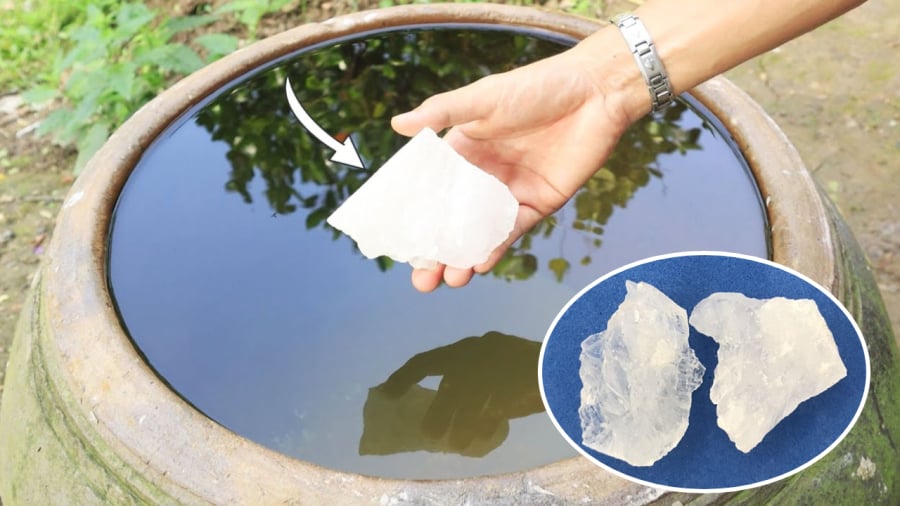
Alum is used to remove sediment and impurities from the water. When alum is mixed with water, the impurities will settle at the bottom, allowing for the cleaner water to be filtered from the top, followed by chemical disinfection.
If alum is not available, residents can use a cloth to filter out the sediment from the water. It is recommended to filter the water several times until it becomes clear.
Once the water is clear, add one Aquatabs tablet to the container and wait for 30 minutes to allow the tablet to dissolve and kill any bacteria present.
As an alternative to Aquatabs, residents can use Chloramin B 250mg tablets. Note that one Chloramin B 250mg tablet is sufficient for 25 liters of water. For a 20-liter container, use only about four-fifths of a tablet.
With this treatment process, residents can obtain temporarily clean water for basic daily activities such as brushing teeth, washing faces, and personal hygiene.
For drinking purposes, the treated water must be boiled before consumption.
According to the guidelines for floodwater treatment issued by the Department of Health Environment Management, residents in flooded areas should clean and disinfect water storage tanks and containers using disinfectants approved by the Ministry of Health.
Disinfecting water helps ensure a safe water supply for daily use and prevents the spread of diseases after flooding.
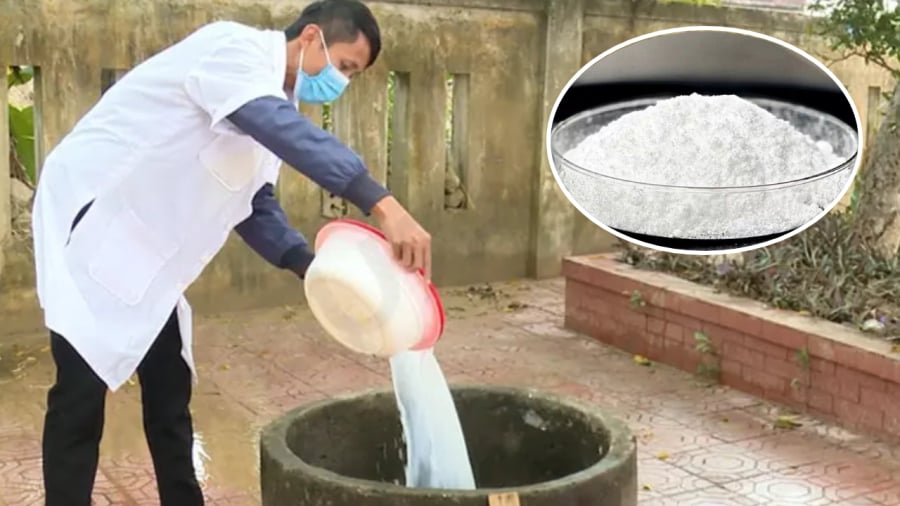
To disinfect water, residents can use chemicals such as Chloramin B, 20% Calcium Hypochlorite, or 70% Calcium Hypochlorite.
For water disinfection, residents can use 10 grams of Chloramin B per cubic meter of water, 13 grams of 20% Calcium Hypochlorite per cubic meter of water, or 4 grams of 70% Calcium Hypochlorite per cubic meter of water.
To treat well water in newly flooded areas, mix one bucket of water with the disinfectant and stir well. Then, pour the bucket of treated water evenly into the well, allowing the bucket to sink to half the depth of the water column before pulling it up and down about ten times to distribute the disinfectant. Use the treated water to rinse the walls of the well for disinfection. Wait for about 30 minutes to allow the disinfectant to take effect before drawing the water for use.
If the treated water is still not completely clear, add some Chloramin B powder to continue the treatment process. After disinfection, a chlorine smell should be noticeable, indicating the effectiveness of the process.
Note that water disinfected with Chloramin B must be boiled before drinking.
As advised by the Department of Health Environment Management, if residents do not have water disinfection chemicals, boil the water for at least 10 minutes before using it for drinking or cooking. Avoid consuming raw vegetables washed with untreated water.

























